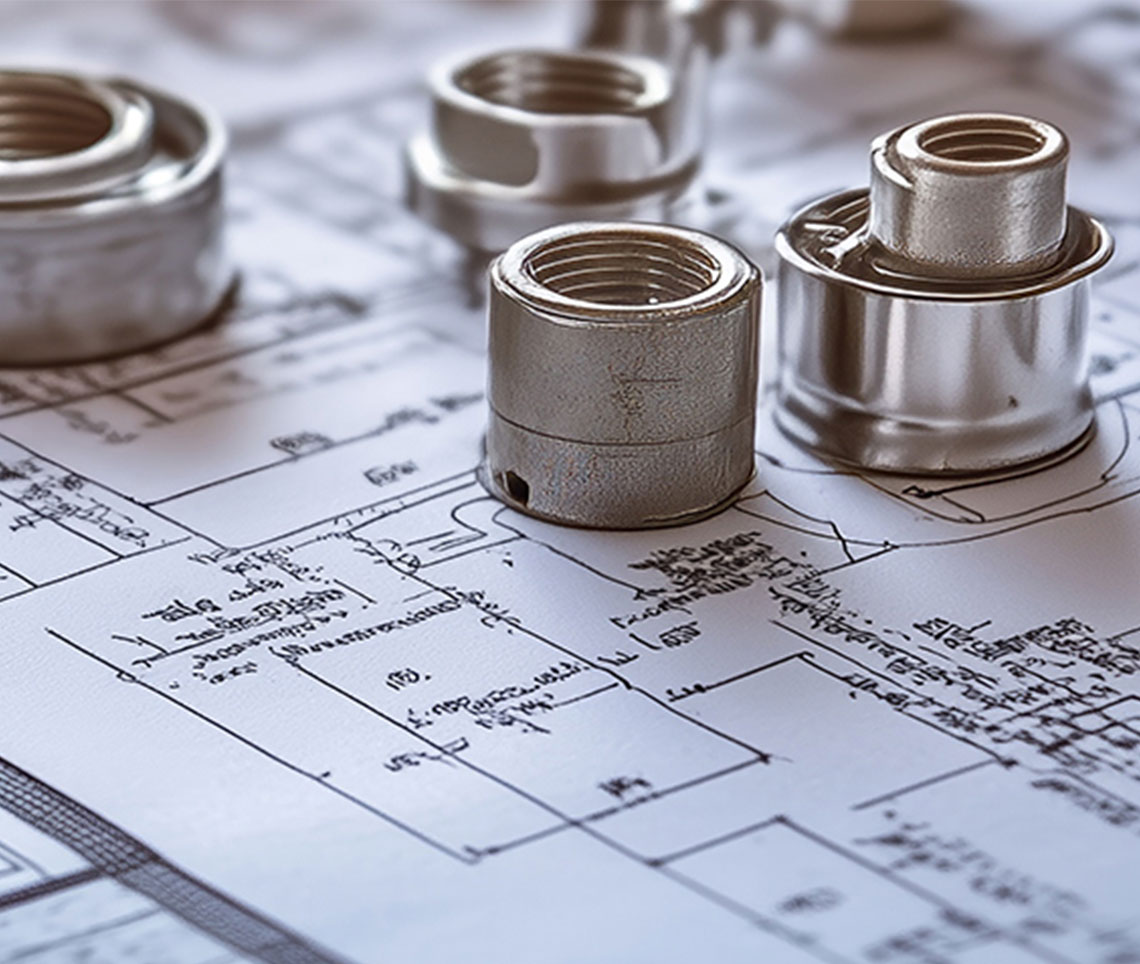Non-Warranty Situations
July 6, 2022 Bradford White
Internal Noises:
Occasionally residential water heaters become noisy after a short period of service. These sounds are described as rumbling, bubbling, surging or boiling noises.
Since many water heaters are installed where they are somewhat isolated from living areas, their owners are not aware of the condition. However, where water heaters are located adjacent to sleeping rooms, or other living areas, they may be heard in the quiet of night. These sounds can be annoying.
The noisy condition is a result of lime formations or sediment collecting on the tank bottom. It is not uncommon to find quantities of sand and other minerals settling out of the water and onto the tank bottom.
When the gas burner is on, droplets of water bubble through the crusty formations and sediment, creating the noise problem.
Electric water heaters, with immersed heating elements, frequently develop “singing” or “hissing” sounds. This is caused by lime or scale accumulating on the element blades. Removal and scraping or cleaning with vinegar may help. Severe situations may require element replacement (Follow instructions before removing elements).
Sometimes the owners report that a previous water heater or another water heater in a neighbor’s home is relatively quiet. It is difficult to explain why this should be unless we know all the conditions. For example, the silent water heater may be fired at a lower gas rate or be heating water at a lower temperature. Many other factors can influence the problem. However, be assured that another glass-lined water heater placed in the same location and operated under identical conditions, will become noisy.
It is possible to reduce the noise by disconnecting the water heater and flushing the tank. However, it may not be possible to remove all the lime formations from the tank bottom, and when reconnected, it may become noisy again. In hard water areas, the best solution for eliminating the noise problem is to install a water softener, to inhibit scale build up.
Dry Fired Elements:
When troubleshooting a residential electric water heater for incidents of either “No Hot Water” or “Insufficient Hot Water,” it is always a good idea to check the thermostat settings as well as the heating element(s) themselves.
To test for a burned-out element, first, TURN OFF all electrical power to the water heater. Remove the cover panel(s) from the front of the heater and then disconnect the wires from the heating element terminals. Using a continuity tester, available from electrical supply houses, place one test probe on each of the element terminals. If there is no continuity, the element is defective and must be replaced. If there is continuity, proceed to the next step.
Place one test probe on one terminal of the element and one test probe to the element flange or tank shell to test for a grounded element. Repeat the test for the other element terminal. If either test shows continuity, the element is defective and must be replaced. Test any other elements, if applicable, in the same manner.
After these tests have been completed and any necessary elements replaced, reconnect terminal wires, replace cover panels, and make sure the tank is full of water before turning on power.
Before energizing the elements, be certain that the tank is completely filled with water by opening a hot water faucet. Once water flows from the hot water side of the faucet you ensure that all air has been purged from the tank and it is safe to energize the elements.
If the above procedure is not followed, the element may be partially submerged in water or, more likely, completely exposed in the “air pocket” and will be dryfired in a matter of seconds. Dryfired elements can be identified by a melted sheath or coil or copper colored or annealed sheath. Dryfired elements are not covered under warranty due to misuse and operation contrary to the installation instructions.
Pressure Damaged Water Heaters:
Water is a non-compressible liquid and expands when heated. For each 10°F increase in temperature, water expands 0.2% or 2.0% for a 100°F increase in temperature. Heated water in an “open system” (no obstruction to reverse flow) expands back into the cold-water supply line with no damage to the system. In a “closed system” (obstruction to reverse flow) the pressure builds until something ruptures or fails.
Examples of common devices that obstruct reverse flow are check valves, pressure reducing valves, water softeners and certain types of water meters with built in check valves. Water systems that were originally “open” can become “closed” by the subsequent addition of any of these devices. Freezing of the cold-water supply line or closing a valve in the cold-water line can also cause a closed system. A 40-gallon water heater with 80 PSI line pressure will build to a pressure of 145 PSI with a temperature increase of 16°F. As the temperature increases, the maximum working pressure for which the water heater was designed (150 PSI) can be exceeded. Pressure build-up caused by temperature increase in a closed system is very rapid – the burner operating for only a few minutes to raise the temperature 16°F. Water heater tanks typically have convex top heads and concave bottoms. Excessive pressure will usually cause the concave bottom to flatten, or in extreme cases, change to a convex or bulged configuration. In gas water heaters this movement of the concave bottom is matched by an equal movement of the convex head due to the rigid flue connecting them. This reconfiguration can take place before a weld breaks. In most cases, the top end of the flue is pulled down and distortion is apparent at the water nipple connections. Distortion of the bottom can be observed by looking into the combustion chamber. Bulged tanks can create dangerous conditions – especially in gas water heaters if the flue passage restricts products of combustion from ventilating to the chimney. This condition can create life threatening circumstances due to the presence of carbon monoxide. Water heaters with bulged tanks must be replaced with the cause of the problem identified and corrected. Water heaters with this condition are not covered by warranty due to improper installation.















